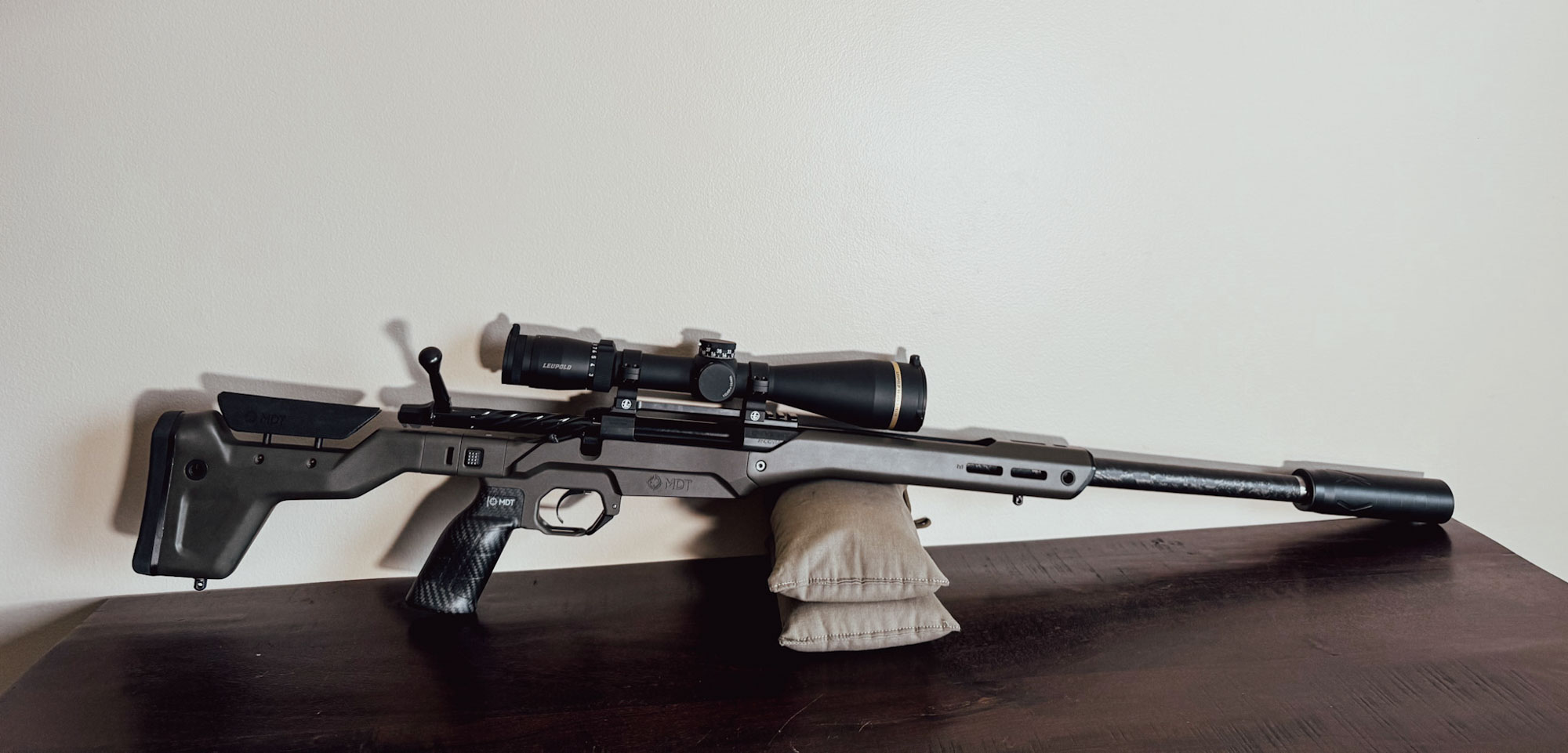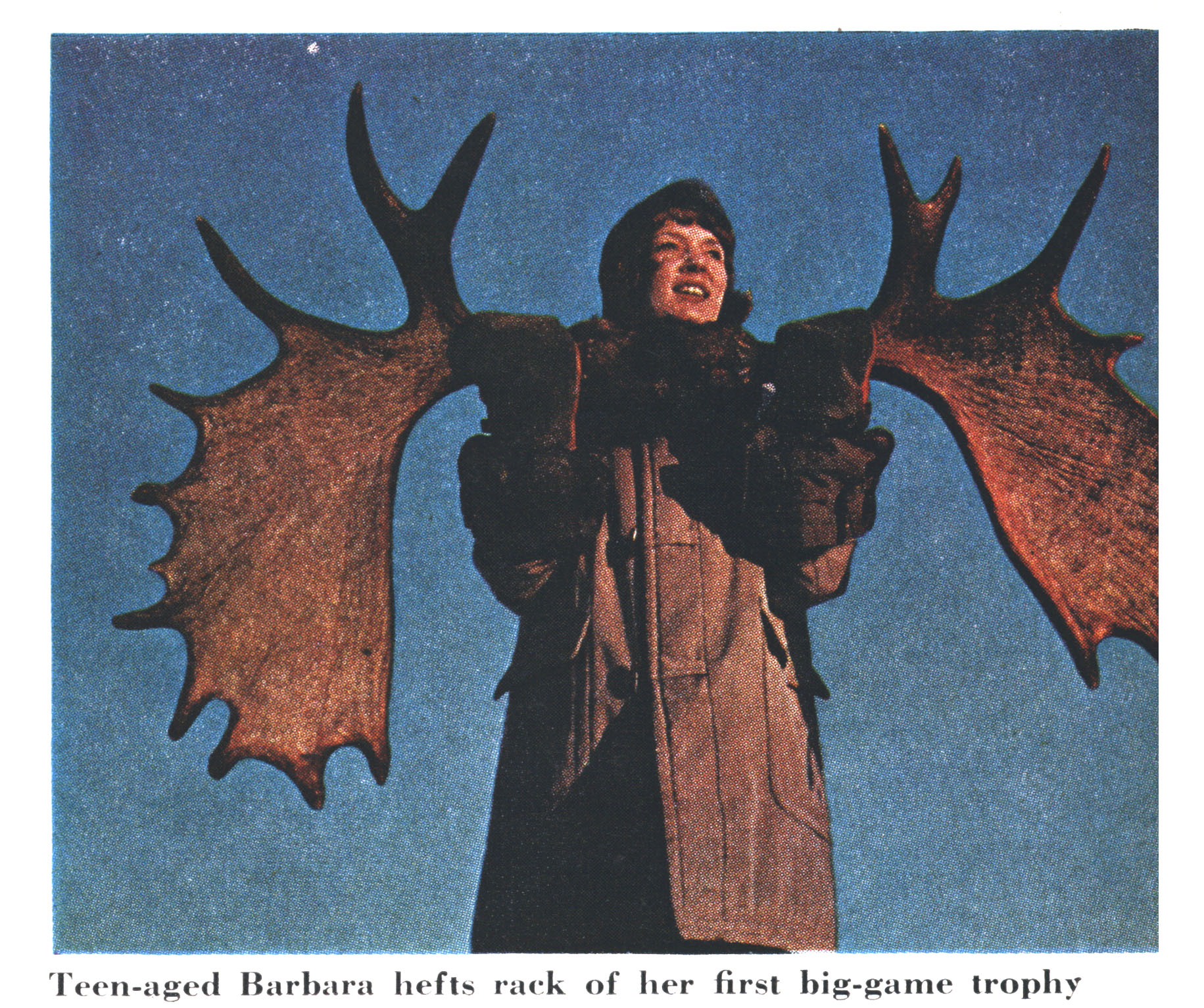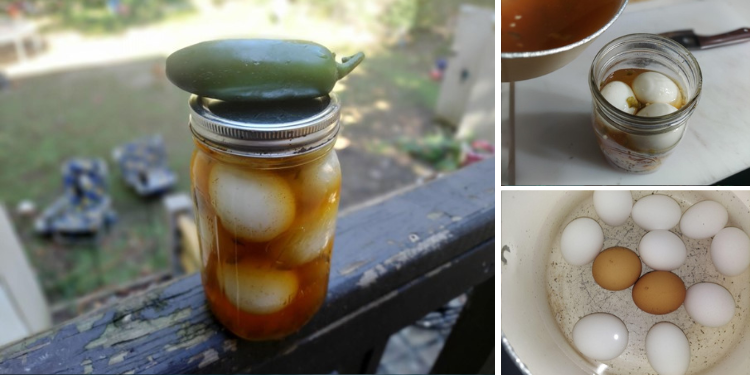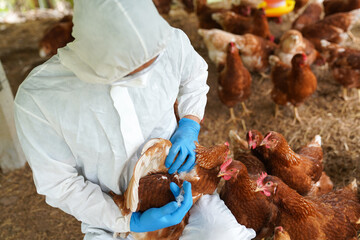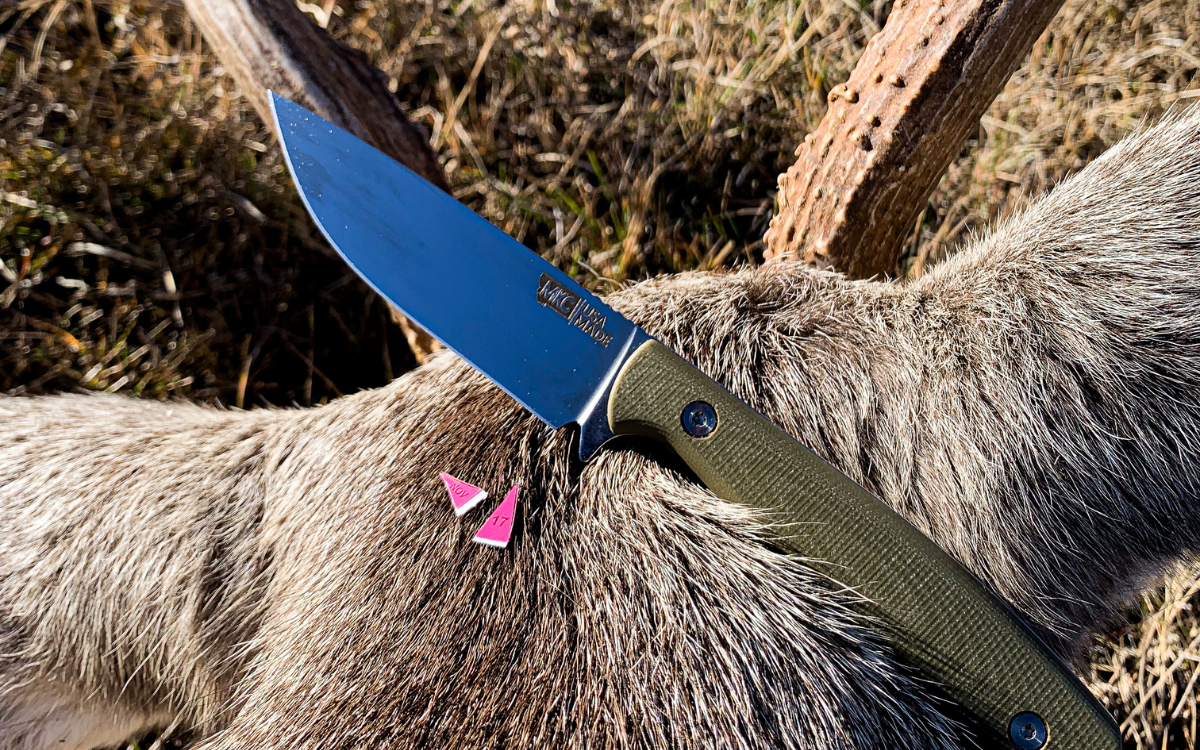Squirrel Taxidermy: How to Mount a Squirrel With This Simply DIY Kit
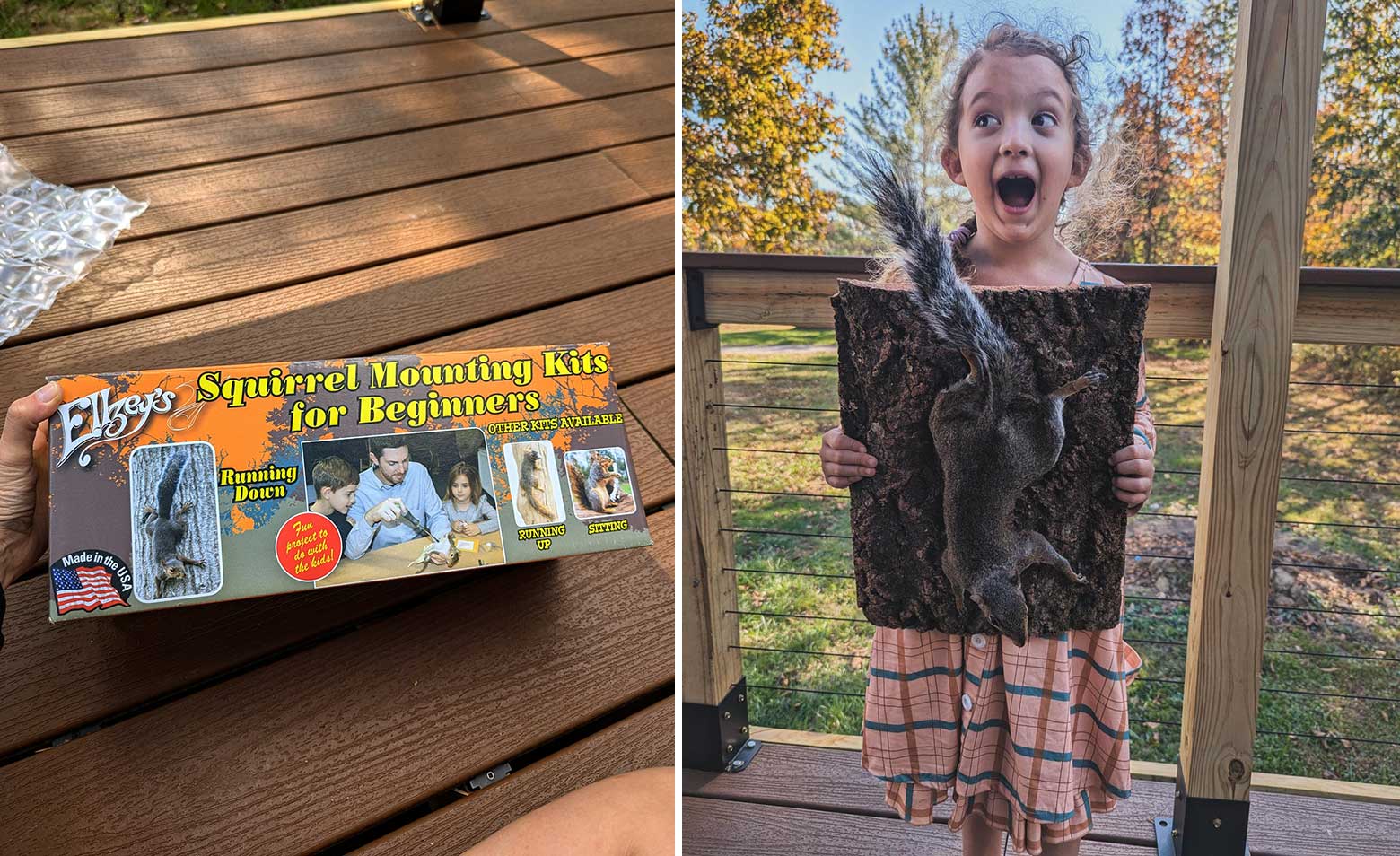
My six-year-old daughter jumped up and down with excitement, her eyes sparkling as she motioned toward the gray squirrel lying at the base of a cedar tree.
“I got it! I got my first squirrel,” she hollered.
She had indeed shot her first squirrel, with her little red recurve no less, and it was a day that neither of us will ever forget.
There’s something special about a kid taking their first squirrel. I shot mine when I was 11 years old, and I painstakingly skinned and dried the hide. For years, I had the hide hanging on my bedroom wall until, eventually, it was taken down and lost during a move. I wish I still had it just for the memories it held.
My daughter, however, asked if we could get her squirrel done as a full-body mount and I, of course, said yes. But, the stipulation was that I would do it for her.
I mounted precisely 1.5 squirrels in the past. The first one, years ago, was a black squirrel that my brother and I carefully worked on together without knowing anything and it came out alright. As far as I know, it’s still on display at my parents’ house.
The second squirrel mount I attempted was a gray squirrel. I had done it as a fun project before my daughter was born, and it also came out just alright for not having much knowledge on squirrel taxidermy.
However, I wanted to better for my daughter, and I’m happy to say that her squirrel mount came out great. Through this DIY squirrel mounting process, I saved myself a few hundred dollars in taxidermy fees. If you are considering giving taxidermy a try, I would recommend starting with squirrel taxidermy — it’s fun, relatively easy, and far less costly (and lower stakes) than beginning with a big game animal.
The Kit
I ordered an all-in-one kit from Ellzey’s Squirrel Taxidermy. The kit runs $90, which is several hundred dollars less than it would cost to send your squirrel off to a taxidermist. All you need is a little time and effort to make the rest of it come together.
Having never ordered from them in the past, I wasn’t sure what to expect but was pleasantly surprised upon opening the package.
All the squirrel mounting kits available on their site include everything you will need to mount a squirrel — minus the squirrel of course.
Included with the supplies are full-color photo instructions, along with written instructions. You can easily access videos on YouTube for reference, but I found having the photos in front of me extremely helpful — and there’s no need to pause or restart a video.
I will order all my squirrel kits solely from Ellzeys in the future, as they also have a greater selection than other places.
The Squirrel
Once you have shot a squirrel that you want to mount, you have to follow a few steps to ensure that the fur stays in great condition for taxidermy. You’ll want to be very careful when skinning the squirrel, and instead of the usual “hurry up and skin it” that is generally how most hunters clean squirrels, you’ll want to “case skin” your squirrel, which means making minimal cuts to the hide. The squirrel kit does provide complete instructions on how to do this, however, you do need to acquire the squirrel before you order your kit (more on this in a minute). If needed, you can simply wrap your squirrel in several layers of airtight freezer bags and freeze it whole until you’re ready to mount it.
At this point, you’ll want to consider the pros and cons of a DIY mount. Like any good do-it-yourself project, there is always a chance of failure or the possibility of the project not turning out quite as well as you had hoped. If you don’t want to risk it, you can certainly send your squirrel to a professional taxidermist. If you like living life on the edge…then proceed with the rest of this article.
Measure the Squirrel
Before ordering your kit, it is important to measure your squirrel to see what size form you will need. I’ve made the mistake of not measuring a squirrel and blindly ordering the form, and of course, it was too big. While it’s still possible to use a form that is the wrong size, a lot of improvisation is required. It’s easier to just measure and order the correct size to begin with.
You’ll measure your squirrel from nose to the base of the tail and order based off that measurement. Ellzeys has instructions on its website on how to measure your squirrel. Most forms come in various sizes, including 9”, 10”, 11”, and 12”. A standard gray is usually 9 or 10 inches, while a fox squirrel can measure 12 inches or more.
Case Skinning
Case skinning a squirrel entails making a cut from the base of one back leg (if it’s a gray squirrel, that means right where the white fur meets the gray), across to the opposite foot. You will then skin it down the body, making no more cuts in the hide. Using shears or a very sharp knife, cut all the feet off at the last joint before you get to the toes, and take careful consideration while skinning the face. The photo instructions in the kit are extremely helpful here. The face will be the most difficult to master, but don’t worry, most mistakes can be fixed.
Tip: Pliers come in handy when pulling the bone out of the tail.
Preparing The Hide
Once your squirrel is skinned and (hopefully) in one piece, you will need to start the fleshing process. This is fairly simple as most of the hide will be peeled off the squirrel flesh-free. You will need to pay attention to the face and the areas around the nose, ears, and mouth and scrape off any small pieces of flesh that may remain behind. You’ll also want to examine any holes in the hide from a bullet or arrow and make sure no flesh remains around those. You will then need to sew up any holes with the needle and thread provided in the kit.
You CAN refreeze your squirrel hide at this point if you need more time. The rest of the process is easy but will likely take you an hour or two from start to finish.
Wash and dry the hide with dish soap (any kind is fine) and carefully clean off any blood stains or excess dirt on the fur. Rinse it as well as possible, as any remaining soap will make the hide look slightly matted and leave a slightly stiff or tacky feel. Gently towel dry the hide or use a blow dryer until the fur is fluffed and no longer damp.
Next, you will liberally apply Borax to the flesh side of the squirrel. It’s better to use too little instead of too much — the Borax will ensure that the flesh side of the hide will dry without smelling like rotting flesh. You’ll want to work Borax into the legs and tail, especially since these places are harder to flesh.
Preparing the Form
I suggest carefully sliding the form into the hide at this point to make sure it fits properly. If it’s too big or too small, you will need to make some cuts or add clay to make the form fit realistically.
You will add some clay to a few spots on the form and add the eyes. Pay special attention to the placing of the eyes. They will give your squirrel a crazy eye look if they aren’t placed evenly.
Run the long piece of wire through your form for your tail and apply clay to the base. I recommend not moving the tail too much until your mount is fully dry, as the clay can shift when it’s wet.
Mounting
Carefully pull the skin over the form and sew up the open incision. You’ll want to precisely pin the ears, mouth, and eyes so they stay in position while drying. Depending on which form you’re using, you can also pin the feet so the toes are splayed open. However, they are fairly easy to move even after they are dried.
Once everything is pinned correctly and your squirrel looks how you want it to, you’ll want to find a cool, dry place to store it. Make sure it’s in a spot that’s out of reach of small children or pets. Drying time can vary depending on the squirrel and air temperatures, but they are generally full dry within a month. You can tell if the squirrel is dry by carefully touching the ears — if they are hard, the squirrel mount is dry.
Tip: you can use a soft brush to fluff up the fur and tail after mounting. To make the tail appear fuller, you can gently rub the hairs the wrong way and hit it with a little hair spray, so it stays in place.
My Daughter’s Squirrel Mount
I decided to take my squirrel mount a step further and hang it on a piece of cork bark, which is far cheaper than the slabs of fake bark or wood slabs from taxidermy suppliers. It’s natural, affordable, easy to hang on the wall, and comes in varying sizes. The bark I used turned out to be the perfect size. You can certainly find something from the woods to use as a base for your squirrel mount, however, you’ll want to ensure that it’s properly cleaned so you don’t have bugs. To take your mount’s background even further, you add some fake leaves or acorns.
My daughter was thrilled with how her squirrel mount turned out. My next taxidermy project will be a cottontail rabbit, something I have never attempted. Hopefully, it works out as well as this bushy tail.
Read the full article here


